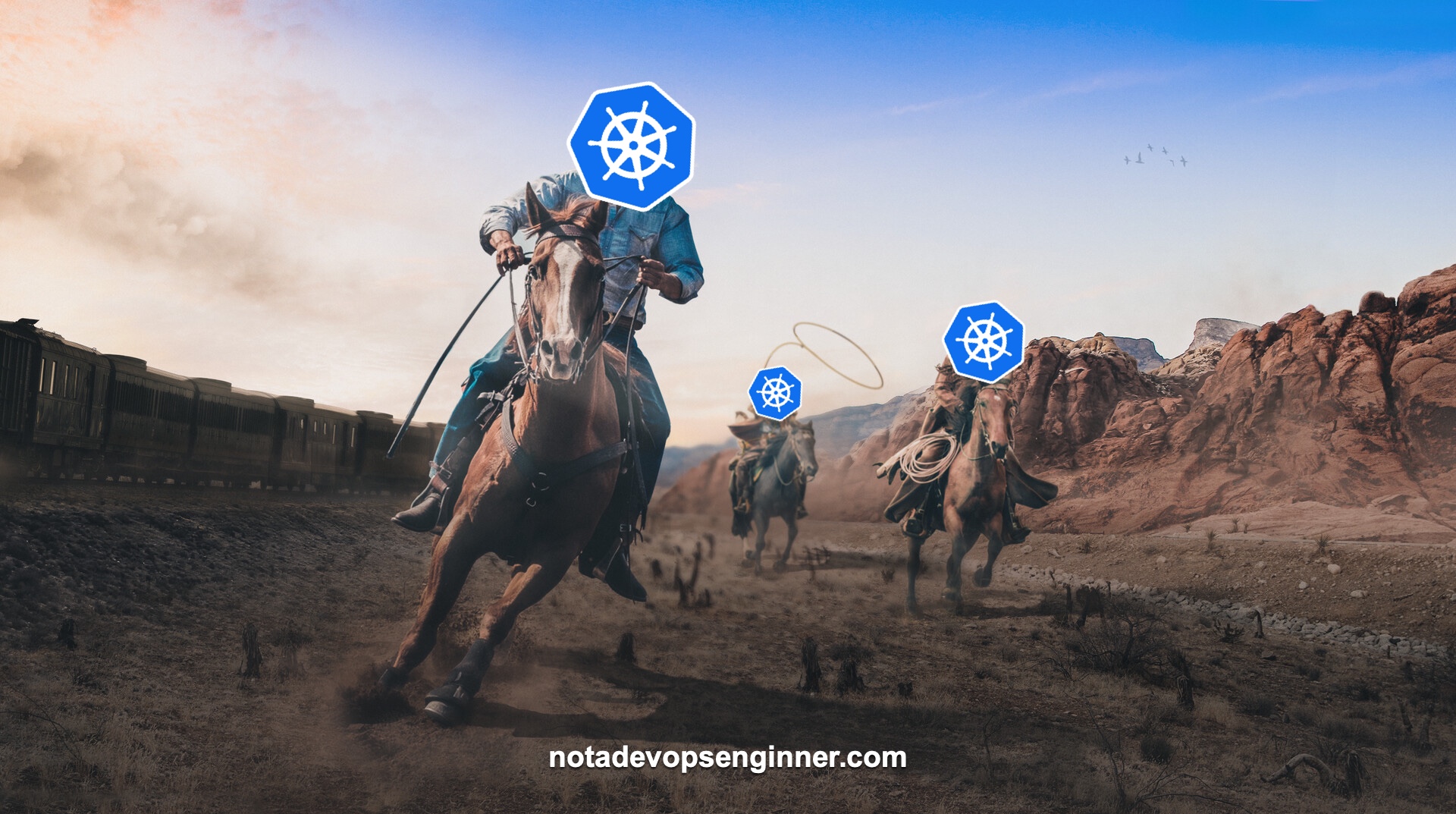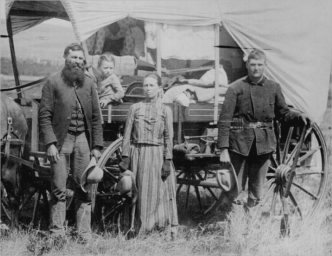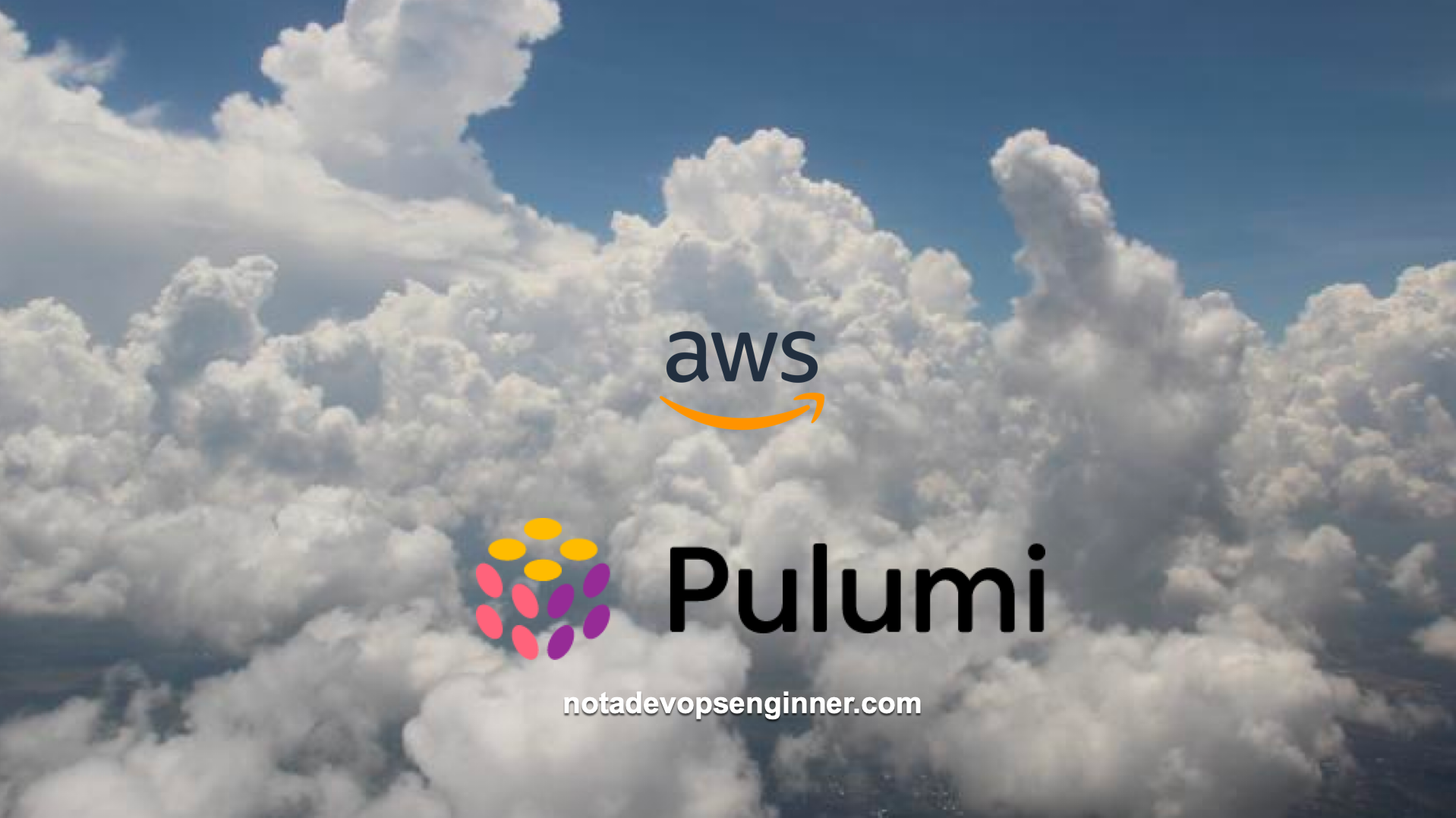9 min to read
MLOps, DevOps's Next Frontier
Conquering the Wild West one step at a time

Software development has come a long way in recent years, with the introduction of new technologies and methodologies that have transformed the way we build and deploy applications. One of the most exciting new frontiers in software development is MLOps, a field that applies DevOps principles to the software development lifecycle of machine learning models.
An introduction
The field of machine learning is rapidly growing, and with it comes the need for efficient and effective deployment of models. This is where MLOps comes into play. MLOps, also known as Machine Learning Operations, is the combination of machine learning and DevOps practices. MLOps is currently the wild west of DevOps practices, as it is still evolving and has no set standard.
DevOps practices have been around for quite some time, and they have transformed the software development industry. The DevOps approach is all about collaboration and automation, and it focuses on reducing the time between the development and the deployment of software. However, with the rise of machine learning, DevOps practices have become somewhat inadequate. This is where MLOps comes in.
MLOps aims to bring the same level of automation and collaboration to the world of machine learning. It is a combination of machine learning, software engineering, and DevOps practices. MLOps ensures that machine learning models are developed, tested, and deployed in a consistent and efficient manner. It also ensures that machine learning models are monitored and updated regularly.
The evolution of DevOps has been a slow and steady process, with the development of best practices and industry standards. However, MLOps is currently in its infancy, and there are no set standards or best practices. This means that MLOps is still the wild west of DevOps practices. There is a lack of understanding of the processes and tools needed for successful MLOps, which means there is a high chance of failure.
The lack of standardization in MLOps is a cause for concern. As more organizations adopt machine learning, the need for efficient and effective deployment of models will only increase. It is important that there is a standard approach to MLOps so that organizations can avoid the mistakes of the past and achieve success in their machine learning endeavors.

The Wild West
The Wild West was a period of American history that roughly spanned from the end of the American Civil War in 1865 to the early 1900s. During this time, the American frontier was rapidly expanding westward, and much of the western United States was still unsettled and undeveloped. The Wild West was characterized by a lawless and violent society, with many conflicts and clashes between settlers, Native American tribes, outlaws, and law enforcement.
The Conquest of the West refers to the process by which the United States government expanded its control over the western territories and brought them under the authority of the federal government. This process involved a number of military conflicts, including the Indian Wars, in which the US Army fought against various Native American tribes to take control of their lands. The US government also encouraged and supported the settlement of the western territories by offering land grants and other incentives to settlers.
This was a complex and often controversial process, as it involved the displacement of many Native American communities and the destruction of their traditional way of life. It was also accompanied by a number of violent conflicts, and multiple battles all around the Western country with the goal in mind to conquer it. Despite these challenges, the Conquest of the West ultimately led to the establishment of new states and the growth of the American economy and society to new territories, and finally, what is now called the West Coast.
Stepping aside from the history, one can see the resemblance between how MLOps is evolving and how it is going to be (if not already) one of the key components in any company that has machine learning and data scientist engineers that want to deliver value with AI/ML.
The new frontiers (MLOps)

Once again, one way to draw a parallel between MLOps and DevOps is to look at the historical context of their development. Just as DevOps emerged as a response to managing and scaling complex software systems, MLOps has emerged in response to the unique challenges of developing and deploying machine learning models at scale. Both DevOps and MLOps represent a shift towards a more collaborative and integrated approach to software development, with a focus on breaking down silos and improving communication and collaboration between different teams and stakeholders.
Compared to the early days of DevOps, which were often compared to the Wild West, MLOps is a much more structured and organized approach as it has some clear bases on the actual process of putting machine learning models in production (in theory). In these early days of DevOps, developers were often left to their own procedures, with no clear standards or guidelines to follow on how to do build, deployments, testing, etc. This led to a lot of experimentation and innovation, but it also led to a lot of chaos and confusion that nowadays still haunts many companies that started “doing DevOps” a couple of years ago. And yes, you are correct, this is now referred as Tech Debt.
MLOps, on the other hand, is much more structured and disciplined. It provides a framework for the development, testing, and deployment of machine learning models, and it includes clear standards and best practices that are designed to ensure that models are accurate, reliable, and scalable.
One of the key differences between DevOps and MLOps is the level of automation that is involved. In DevOps, automation is used to streamline the development and deployment process, but it is typically focused on tasks like building, testing and deploying code. In MLOps, automation is used to train, test, and deploy machine learning models, and it is much more complex and sophisticated.
MLOps
Talking more about MLOps itself, some of the key components or pillar if you want:
- Data management: One of the most important components of MLOps is data management. Machine learning models rely on large amounts of data to learn and make predictions, and it is critical to have robust systems in place for collecting, storing, and processing this data. This includes ensuring the quality and integrity of the data, as well as managing version control and access rights.
- Model development: The process of developing a machine learning model involves many different steps, including feature engineering, model training, hyperparameter tuning, and model evaluation. MLOps focuses on automating and streamlining these processes to make them more efficient and reliable.
- Continuous integration and deployment: In the same way that DevOps emphasizes continuous integration and deployment, MLOps aims to automate the process of building, testing, and deploying machine learning models. This includes using any CI tools to automate the build and testing process, as well as deploying and running models to production environments using tools like Kubernetes or Docker.
- Monitoring and maintenance: Once a machine learning model has been deployed to production, it is important to monitor its performance and ensure that it continues to function properly. MLOps involves setting up monitoring tools and processes to track the performance of the model, and alerting developers to any issues or errors.
- Collaboration and communication: Finally, MLOps, as DevOps, emphasizes the importance of collaboration and communication between different teams and stakeholders involved in the development and deployment of machine learning models. This includes ensuring that all team members are on the same page and working towards shared goals, as well as setting up clear communication channels and documentation to facilitate effective collaboration.
Where it all ends?
MLOps is currently the wild west of DevOps practices. It is an emerging field that is still evolving, and there are no set standards or best practices. As more organizations adopt machine learning, the need for efficient and effective deployment of models will only increase. It is important that the industry comes together to establish a standard approach to MLOps, so that organizations can avoid the mistakes of the past and achieve success in their machine learning endeavors.
MLOps represents an evolution of DevOps practices, and it is an important step forward for the technology industry. By integrating machine learning techniques with DevOps practices, MLOps provides a framework for building, testing, and deploying machine learning models that is more structured, disciplined, and reliable than the initial steps in the DevOps journey. As the technology industry continues to evolve, MLOps is now becoming an increasingly important part of the software development process where ML/AI exists.
The idea of breaking down silos and improving collaboration and communication, as in the Wild West in the 19th century, just as the early pioneers and settlers of the American West had to work together to overcome the challenges of the harsh and unforgiving environment, conquer new territories, and explore unknown land, software development teams today must work together to overcome the challenges of complex systems and ever-changing requirements. In both cases, success depends on a willingness to learn and adapt, as well as a commitment to shared goals and values, which for me is the most important driver in order to succeed in achieving the impossible, conquering and mastering new frontiers.
And yes, I really enjoyed playing Read Dead Redemption 2 and immersing myself in the world of the Wild West.
Build On!

